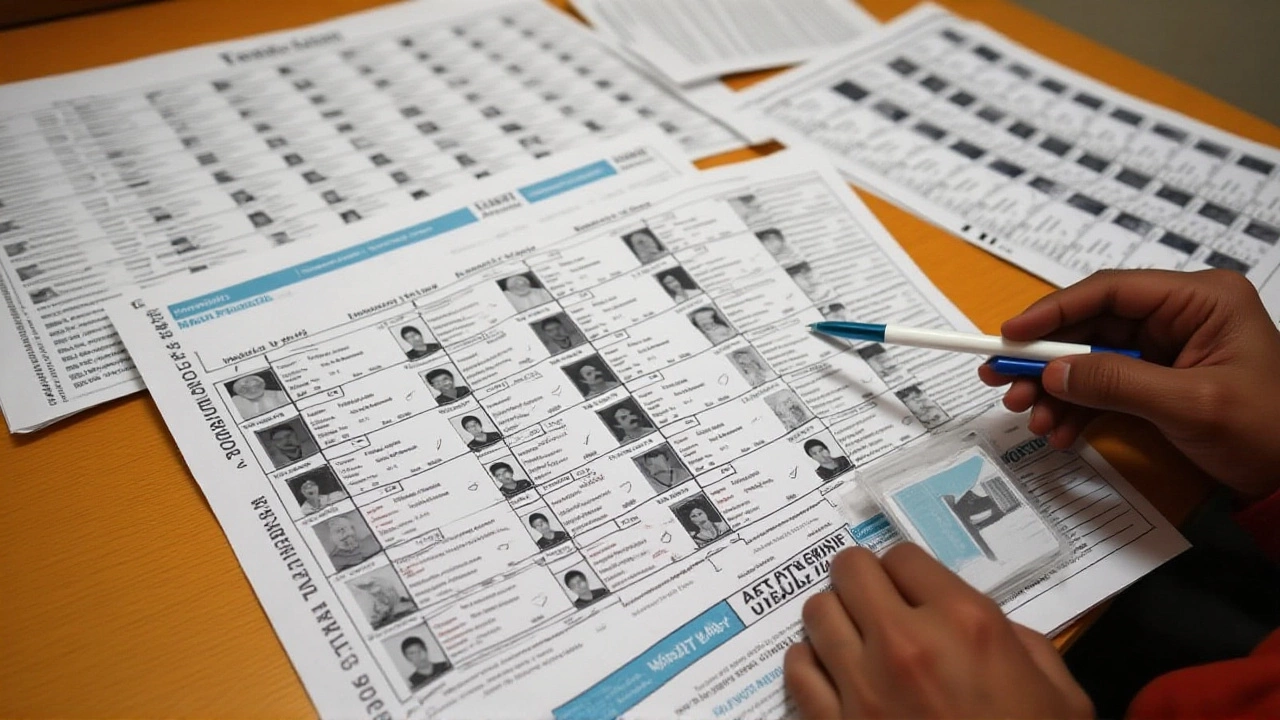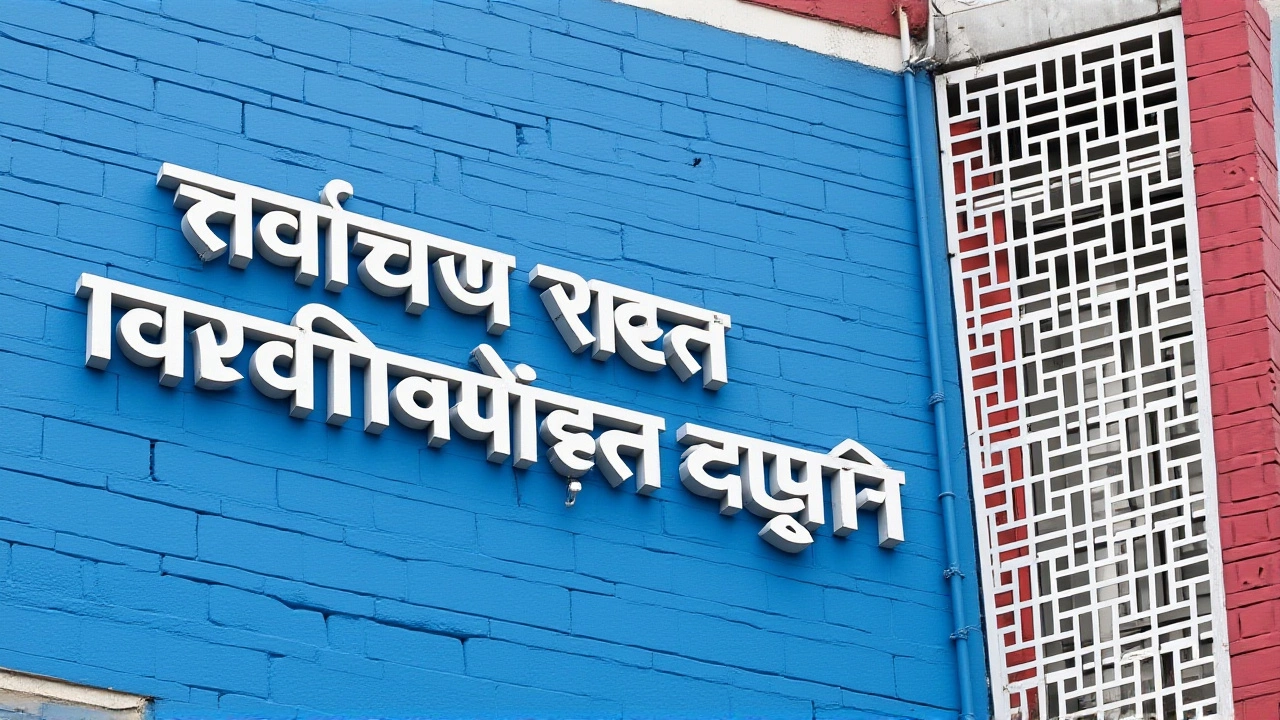Bihar Finalizes 7.4 Crore Voter List After Major Electoral Cleanup Ahead of Assembly Elections
 Nov, 23 2025
Nov, 23 2025
The Election Commission of India released the final electoral rolls for Bihar on September 30, 2025, marking the most extensive voter list update in the state in over two decades. With 7.4 crore voters confirmed, the list reflects a massive cleanup — over 65 lakh names deleted, more than 21 lakh added — following the Special Intensive Revision (SIR) 2025Bihar. This isn’t just administrative housekeeping. It’s the foundation for fair elections, and it comes at a time when trust in electoral integrity is under scrutiny across India.
Why This Revision Was Necessary
Before the SIR process began, Bihar’s voter rolls were based on data from 2003. Nearly 22 years of migration, death, and duplication had turned the list into a ghost town of names that no longer belonged. The initial draft, published on August 1, 2025, showed 7.24 crore voters out of an estimated 7.89 crore eligible. That gap? Not just bureaucracy — it was broken records, fake IDs, and people who’d moved to Mumbai, Delhi, or even abroad but never updated their address.
The SIR, launched on June 24, 2025, and wrapping up its first phase on July 25, 2025, wasn’t a desk job. Teams fanned out across 90,712 polling booths in all 243 Assembly constituencies. Door-to-door verification. Cross-checking with Aadhaar, ration cards, and death records. The result? 99.8% coverage — a near-perfect sweep in a state as vast and diverse as Bihar.
The Numbers Behind the Cleanup
The deletion figures tell a stark story:
- 22,34,136 voters confirmed deceased
- 6,85,000 duplicate entries purged
- 36,44,939 voters who’d permanently left the state
That’s over 65 lakh names erased — not because of bias, but because they were no longer valid. And yet, the list didn’t shrink. It grew. 21.53 lakh new names were added, mostly from Form-6 applications submitted during the public claims window from August 1 to September 1, 2025. Of these, 16.59 lakh came from individuals who’d never been on the rolls before — many of them first-time voters.
The demographic snapshot is revealing: 14,01,150 voters are between 18 and 19 years old — a generation coming of age at the polls. 7,20,709 voters have physical disabilities, a number that reflects improved accessibility in voter registration. And yes — 4,03,985 electors are 85 or older. This isn’t just a list. It’s a portrait of Bihar’s people.

Political Backlash and the Truth That Followed
Before the final list dropped, opposition parties warned that the SIR was a tool to disenfranchise Dalits and the rural poor. They claimed the government was targeting vulnerable communities under the guise of cleanup. Neeraj Kumar, spokesperson for the Janata Dal (United), directly responded in a video statement: “The opposition parties’ apprehension that names of Dalits and the poor would be deleted from the voter list has now proved wrong.”
The data backs him up. The ECI didn’t target any community. It targeted duplicates, dead names, and absentees — regardless of caste, class, or creed. In fact, the number of new voters added from marginalized communities was higher than in previous revisions. The real issue? Many who feared deletion had never registered in the first place. The SIR didn’t erase them — it gave them a chance to be found.
How Voters Can Check Their Status
If you live in Bihar, your vote still matters — and you can verify it in seconds. Visit voters.eci.gov.in or ceoelection.bihar.gov.in, enter your EPIC number (Voter ID), name, age, or district, and hit search. No login. No hassle. The system works even on basic phones.
Those who missed the deadline? The National Voter Service Portal and the Voter Helpline App still allow corrections for minor errors — name spelling, address tweaks, photo updates. But adding a new name? That window closed with the final roll. Missed it? You’ll have to wait for the next revision cycle.

What Happens Now?
Physical copies of the final roll are being delivered to District Magistrates and all recognized political parties — Congress, BJP, RJD, JD(U), and others — as part of the ECI’s transparency mandate. The rolls will be used in polling booths on election day, with electronic voting machines synced to this updated database.
And here’s the quiet win: Bihar’s voter turnout has climbed steadily since 2015. With cleaner rolls and more first-time voters, especially among youth and women, expectations are high. This isn’t just about counting votes. It’s about restoring faith — one verified name at a time.
Frequently Asked Questions
How many voters were removed from Bihar’s list, and why?
Over 65.6 lakh names were removed from Bihar’s draft voter list during the SIR 2025 process. This included 22.3 lakh deceased voters, 6.85 lakh duplicates, and 36.4 lakh people who had permanently moved out of state. The goal wasn’t to reduce voter numbers, but to ensure only eligible, living residents with valid addresses remained on the rolls.
Were Dalits and poor communities targeted during the voter cleanup?
No. Despite claims by opposition parties, the Election Commission’s data shows no disproportionate deletion from marginalized groups. In fact, over 16 lakh new voters added were from communities historically underrepresented. The SIR focused on administrative accuracy — not political targeting — and verified identities using Aadhaar, ration cards, and physical verification.
How can I check if my name is on the final Bihar voter list?
Visit voters.eci.gov.in or ceoelection.bihar.gov.in, click on ‘Search Your Name in Draft Roll,’ enter your EPIC number or name, age, and district, then submit the captcha. You can also use the Voter Helpline App. Results are instant, and the system supports Hindi and Bhojpuri interfaces for wider access.
What’s the significance of 14 million young voters aged 18–19?
That’s the largest cohort of first-time voters in Bihar’s history. Their inclusion could shift electoral dynamics, especially in constituencies where youth turnout is high. These voters are tech-savvy, socially aware, and less loyal to traditional party lines — making them a decisive force in the upcoming assembly elections.
Will this voter list be used in future elections?
Yes. This 2025 roll will serve as the base for all state elections in Bihar until the next comprehensive revision — likely after 2030. The ECI plans to use digital verification tools and AI-assisted matching to update the list annually, reducing the need for massive future exercises like SIR 2025.
Why didn’t the Election Commission do this sooner?
Previous revisions were partial and underfunded. The last full-scale update was in 2003, before smartphones, Aadhaar, or digital databases. SIR 2025 was made possible by technological advances and political will. It cost over ₹1,200 crore — a record investment — because the ECI finally treated voter rolls as critical infrastructure, not paperwork.